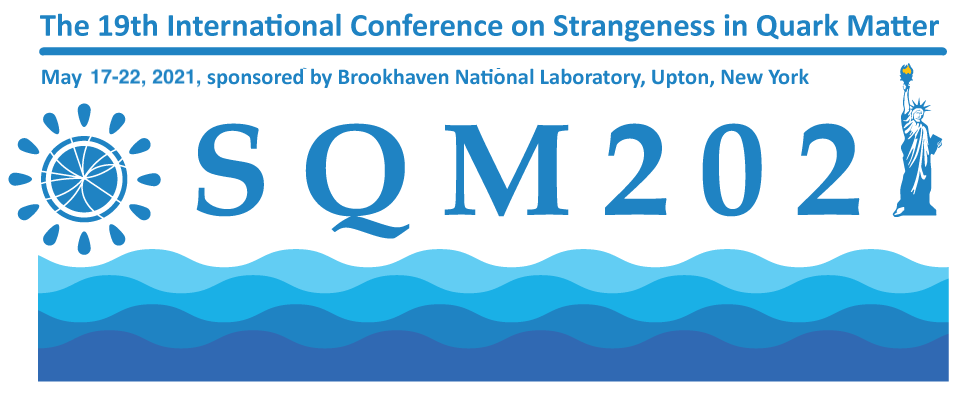Speaker
Description
Quarkonium production in small systems has been the subject of many theoretical and experimental studies. In proton-nucleus (p-A) collisions, their production is sensitive to cold nuclear matter effects such as nuclear modification of parton densities, parton energy loss via initial-state radiation and transverse momentum broadening due to multiple soft collisions. Furthermore, high-multiplicity proton-proton (pp) and p–A collisions have shown features reminiscent of those observed in heavy-ion collisions. Thus, quarkonium production as a function of event multiplicity can bring new insights on processes at the parton level and on the interplay between the hard and soft mechanisms in particle production. In particular, the role of Multiple Parton Interactions (MPI) which are expected to be relevant for the production of heavy quarks at the LHC energies, can be investigated. In this contribution the multiplicity dependence of self normalized yields measured in pp collisions at √s = 13 TeV and √s = 5 TeV will be presented for several quarkonium states, namely inclusive J/$\psi$ at midrapidity as well as the corresponding results for J/$\psi$, $\psi$(2S), ϒ(1S) and ϒ(2S) at forward rapidity. The nuclear modification factor ($R_{\rm{pPb}}$) for J/$\psi$, $\psi$(2S), ϒ(1S), ϒ(2S) and ϒ(3S), measured in p-Pb collisions at √s$_{\rm NN}$ = 8.16 TeV in forward and backward rapidities will also be presented, including the centrality dependence of J/$\psi$ and $\psi$(2S) and the new results of the excited to ground state ratio for both charmonium and bottomonium. Furthermore, the $R_{\rm{pPb}}$ results at midrapidity will be shown at √$s_{\rm NN}$ = 5 TeV for both prompt and non-prompt J/$\psi$, the latter originating from the decay of beauty hadrons. The results are compared with several model calculations and the possible interpretation of the results will be discussed.
| Collaboration | ALICE |
|---|
